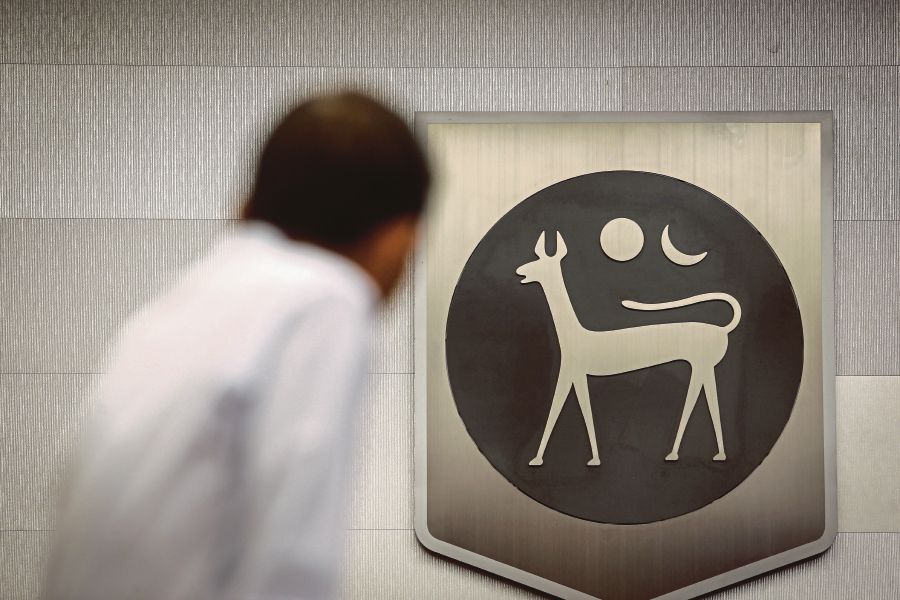KUALA LUMPUR: Household's and businesses' ability to pay their debts remain healthy as banks continue to maintain sound lending standards.
According to Bank Negara Malaysia in its Financial Stability Review First Half 2023, the household debt-to-GDP ratio remains stable at 81.9 per cent supported by income and employment growth.
While the median debt- to-income (DTI) ratio for overall households had been broadly stable at 1.4 times amid sound lending standards maintained by banks. Other measures of households' ability to repay debts have also shown signs of limited new risks.
The median debt service ratios (DSRs) for newly approved and outstanding household loans remain prudent at 42 per cent and 36 per cent, respectively, helping to preserve healthy loan servicing buffers among households.
The share of higher risk loans and those likely to default, otherwise known as stage 2 household loans, have declined further to 4.6 per cent of total household loans (or 2.7 per cent of banking system loans) from 6.7 per cent as of December 2022.
BNM said in a statement today that banks remain vigilant of risks associated with higher borrowing costs and the performance of borrowers that are exiting repayment assistance programmes extended during the pandemic.
Any drop in household borrowing quality is expected to be well within the existing provisioning and capital buffers of the banking system.
Meanwhile, BNM said overall business loan impairments remain low at 1 per cent of total banking system loans, amid considerable improvement in domestic business activity.
Recovery however remains uneven as certain sectors continue to face challenges arising from elevated input costs and weak external demand.
The share of small and medium enterprise (SME) loans with higher credit risk (classified as Stage 2) remains small at 2.1 per cent of total banking system loans.
The share of SME loans under repayment assistance declined further to 5.5 per cent of total SME loans (or 0.9 per cent of total loans from the banking system and development financial institutions).
SMEs that have exited repayment assistance programmes have largely been able to sustain their loan repayments.
BNM said businesses are likely to face continued headwinds such as elevated costs and weak external demand.
In addition, climate-related risks and opportunities are more likely to be important considerations for businesses.
However, most businesses are expected to be able to withstand potential new shocks amid improvements in business leverage, healthy cash buffers, and more agile business models.
BNM said banks also continued to maintain strong liquidity buffers.
The aggregate liquidity coverage ratio (LCR) and net stable funding ratio (NSFR) remained well above regulatory minimum at 154.4 per cent and 117.0 per cent, respectively.
The LCR encourages the short term resilience (30 days) of a banking institution's liquidity risk profile, the NSFR aims to reduce funding risk over a time horizon of up to one year.
The total capital ratio stood at 18.5 per cent at end-June 2023 with capital buffers of RM138.5 billion in excess of the regulatory minimum.






